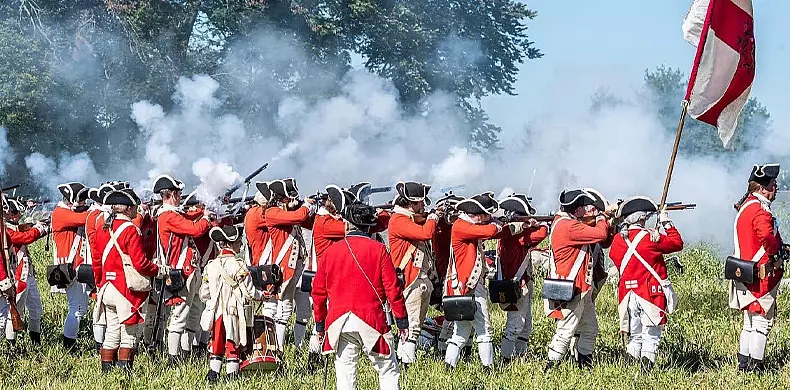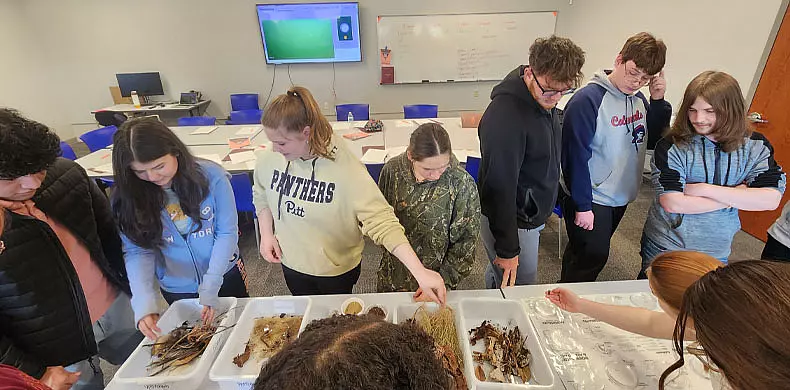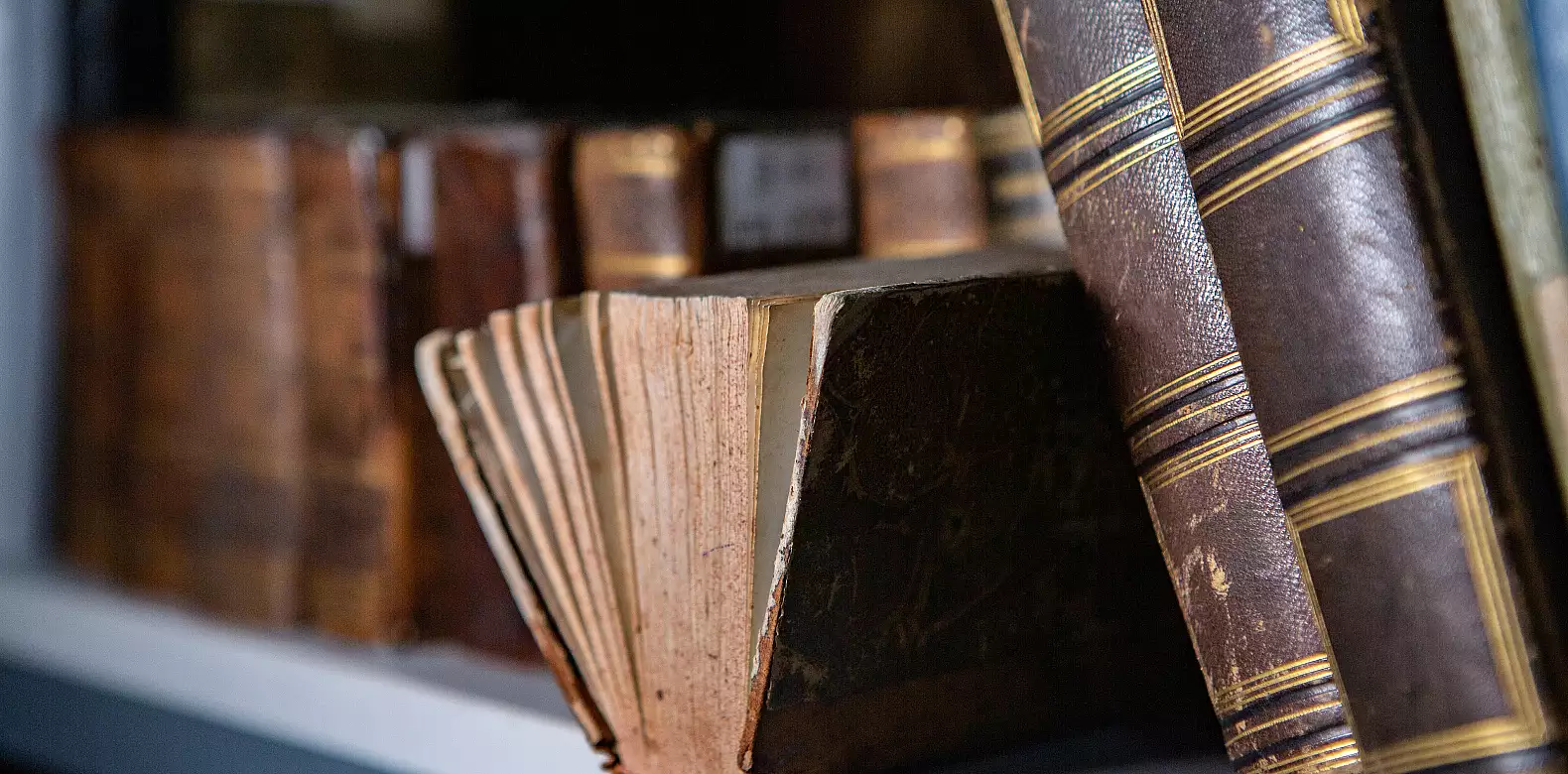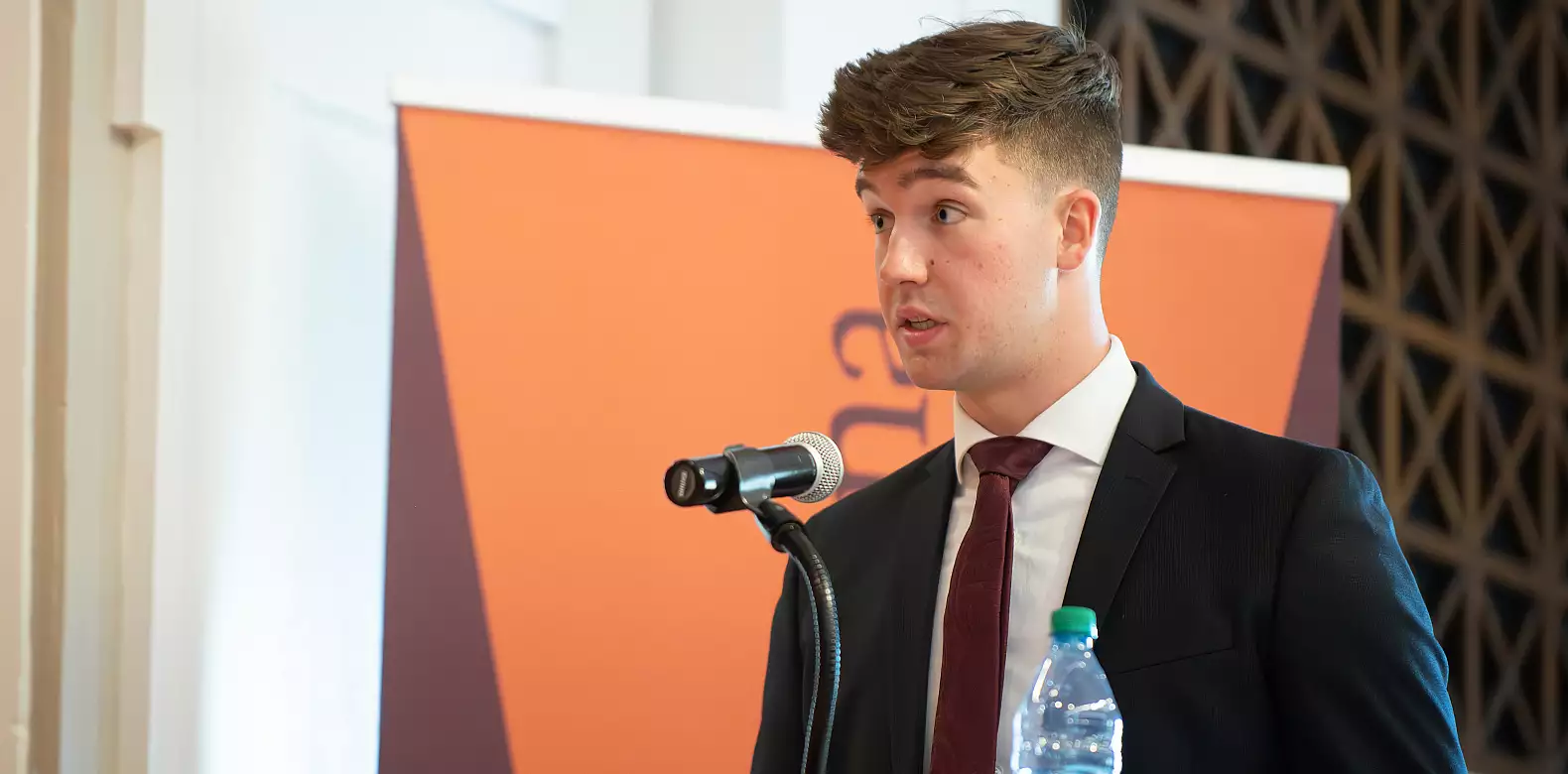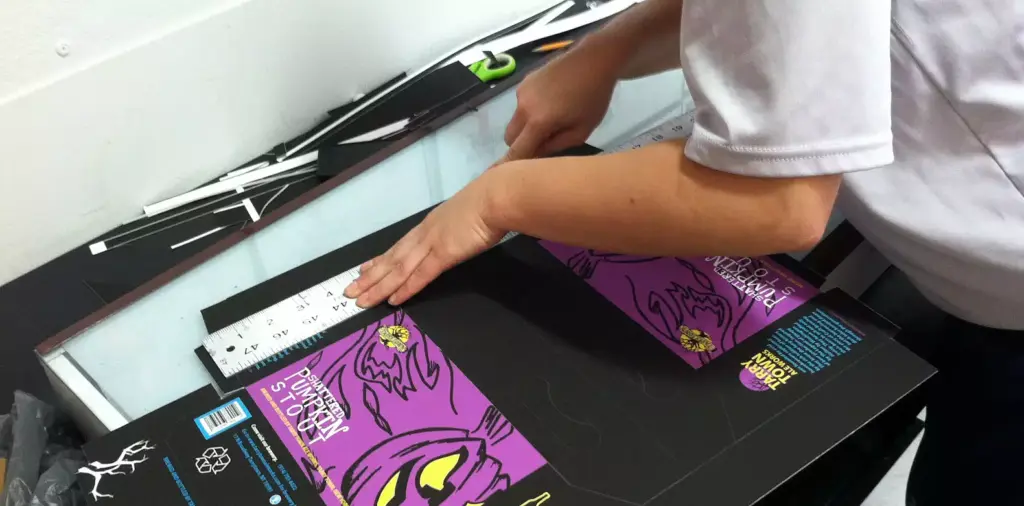History major preparing for Revolutionary War anniversaries
As the United States of America approaches its 250th birthday in 2026, others, like history major Daniel Murphy ’27, have been commemorating America’s past for years as a Revolutionary War reenactor.
“I first got involved in Revolutionary War reenacting during the winter of 2022 when I saw on a local history Facebook group that there were plans for a large reenactment commemorating the 245th anniversary of the Battle of Brandywine,” Murphy recalled.

Located in Chester County, the battle site was only minutes from where Murphy grew up in Kennett Square. After doing some digging, he found a group planning to attend the reenactment called The Regiment.
“I discovered that this group portrays both the 2nd Pennsylvania, a Continental Army unit, and the 43rd Regiment of Foot, a British army regiment,” he said.
Each year, The Regiment holds around 15 events that vary in size, scenario and purpose, either in the form of a large-scale Revolutionary War battle or “living history” events that include firing demonstrations, regimental drilling, public interaction and education.
As celebrations commence for the American semiquincentennial, Murphy has plans to participate in some exciting and eye-catching events over the next three years.
This summer, he plans to take part in the 250th anniversary reenactment of the Battle of Bunker Hill, in Boston, one of the most famous battles of the American Revolutionary War, which spanned from 1775 to 1783. Reenactment events are also being planned for 2026 and 2027. Murphy also hopes to participate in the 250th anniversary reenactment of the Battle of Brandywine planned for 2027.
Murphy admitted that being a reenactor does require some financial commitment.
“When I first got started, and before a reenacting event, I had to borrow gear that belonged to my reenacting group, which often didn’t fit properly, was highly worn down, and wasn’t the most historically accurate piece of material to wear,” Murphy said. Thankfully, many members of his group pointed him to websites that sold components of his uniform such as breeches, shirts, waistcoats and stockings. “But other necessary items, such as a British and American coat, hat, and most notably, a musket, took me time and money to acquire,” he said. The coat, for instance, is typically handmade and tailored to the impression desired by the reenactor.
While these components may be pricey, the experience itself and being able to share his knowledge of history keeps pulling Murphy back for more reenactments.
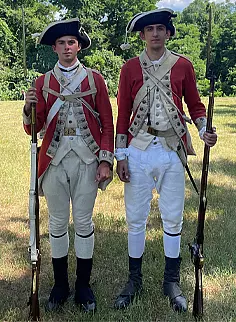
British Army uniforms.
He hopes to further his education by earning a master’s degree before pursuing a career in the public history field, whether that be working as an interpretive historical tour guide, being involved with historic preservation or having some sort of government position that advocates history, Murphy said.
“As a reenactor, you are a public historian or someone who brings history ‘outside the classroom,’” he said. “Whether it is a battle reenactment or a living history type of event, it’s important to effectively engage with the people who show up to these events and are often curious and question-filled.”
